Solar Blossom
Solar Blossom is a thermo-reactive structure that allows the public to enjoy Barcelona’s beach throughout summer and winter. By adopting evaporation and condensation processes, the structure is able to respond to climatic changes and adapt its formal conditions to generate a more user-friendly environment for the public.
The project is a passive, solar inspired solution with a meaningful social impact. A closed system that would be an example of metabolic design, with no system exchanges except of solar energy flow into and eventually out. A situation in which the object is driven by the Sun, meaning that the Sun itself is an actor giving life and motion to the space and architecture.
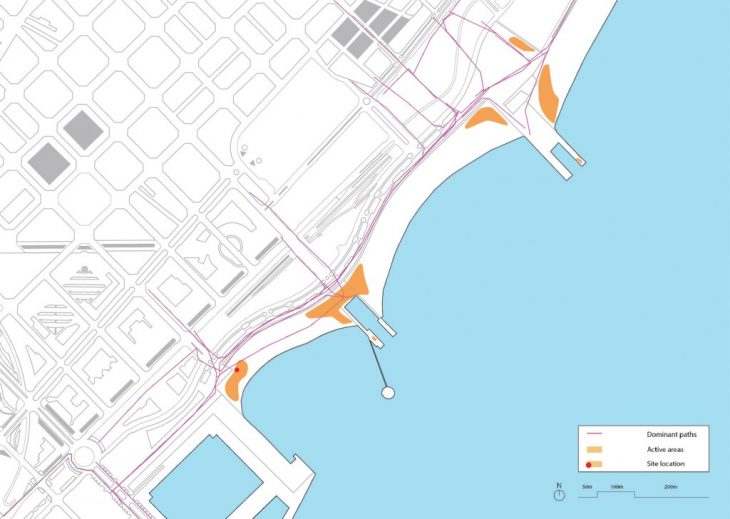
The conceptual design is a public space located on the beach in Barcelona. As found via site analysis, a space very active in summer; however with rain and temperature drop become abandoned during cooler times of the year. The motivation is to give life to these spaces, to allow various sport, social and local activities that take place in summer, to take place in winter. And in summer, to provide a simple but important quality: shadow. More precisely, the idea is the materialization of a dome-like structure that is a life umbrella, opening in warmer days and closing when it becomes cooler. This almost living object varies in scale depending on requirements of precise functions that are locally found.
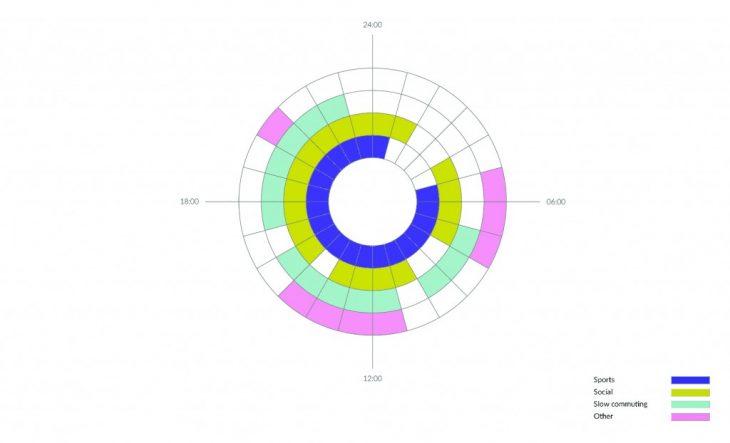
The mechanism used to trigger the structure’s movement is the water’s change of state from liquid to gas. When in liquid state, it brings the arm structures down. When in gas state, the weight is liberated and the structure rises up because of the carbon fiber’s tension force. This process has a natural loop as the evaporated water condensates back down, adding the weight back to the arms.
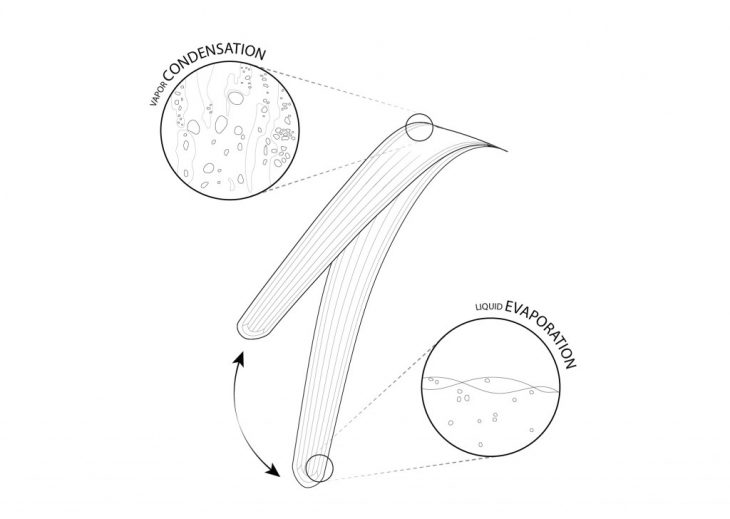
The geometry is defined by the weight of the water and the resistance of the carbon fibre rods.
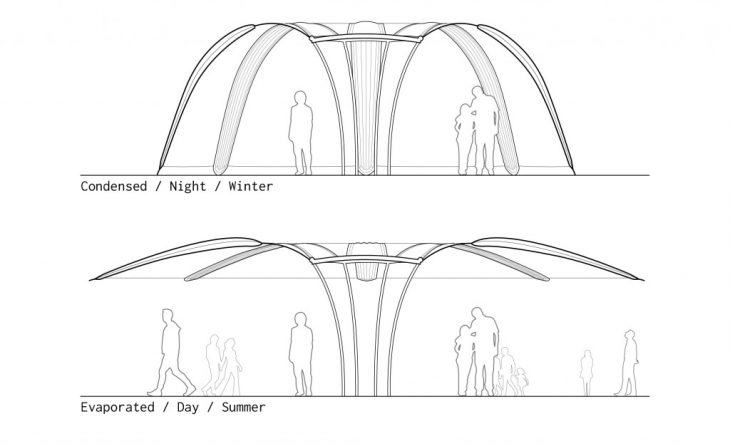
1) Translucent polyethylene
2) Black polyethylene
3) Water/Vapour
4) Carbon fiber rod
5) Translucent polyethylene w/ shading pattern
6) Structure
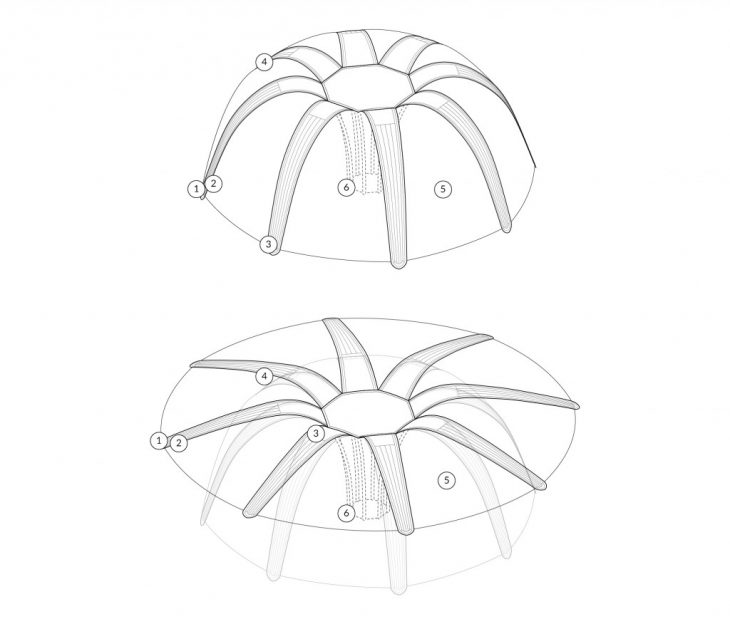
Prototype: Using polyethylene sheets (translucent and black), carbon fiber rods (3mm), and water or acetone. Hermetically sealing the liquid in between the polyethylene sheets with a plastic bag sealer and in the process several variations of the sealing pattern were created to find the one that gave the best result in terms of balance between evaporation and condensation.
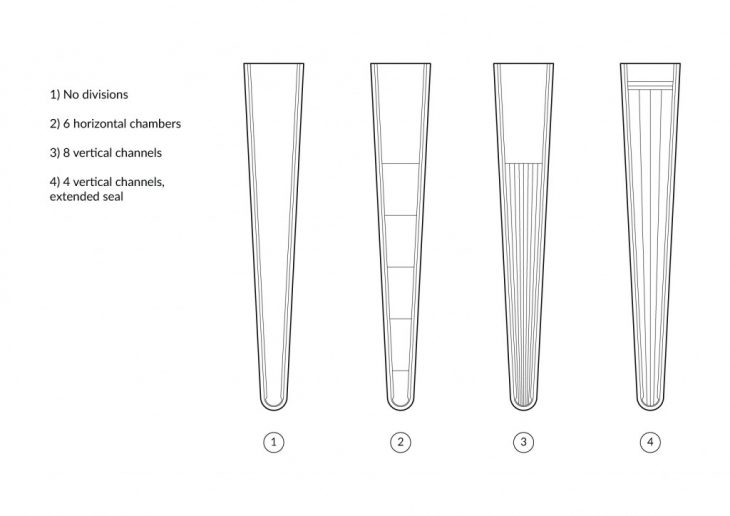
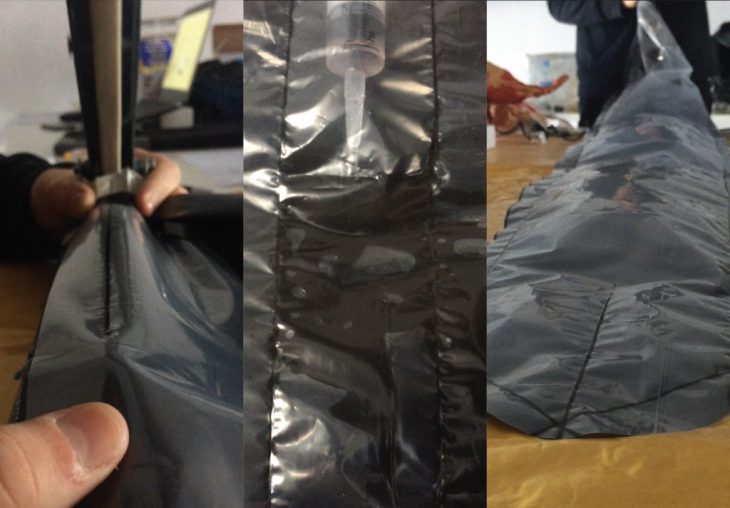
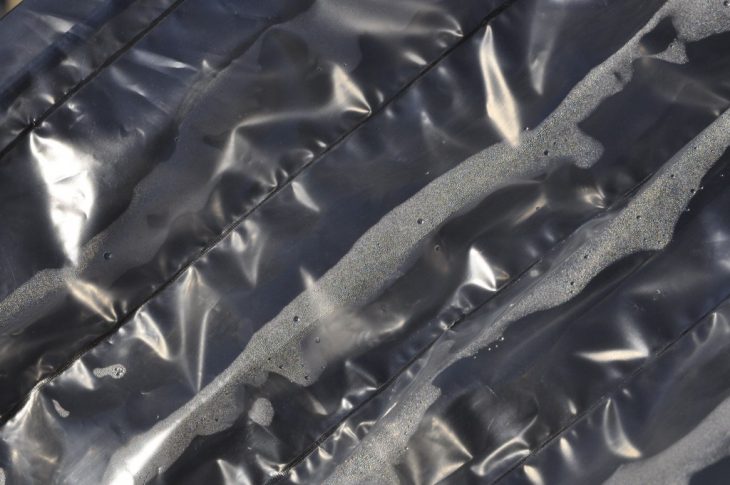
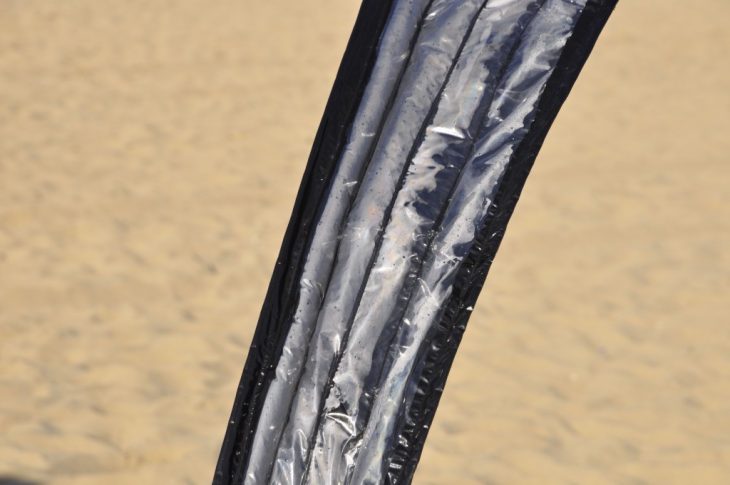
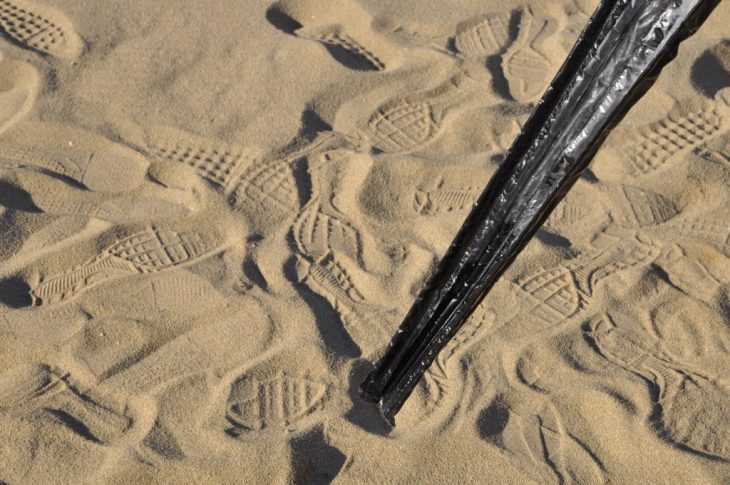
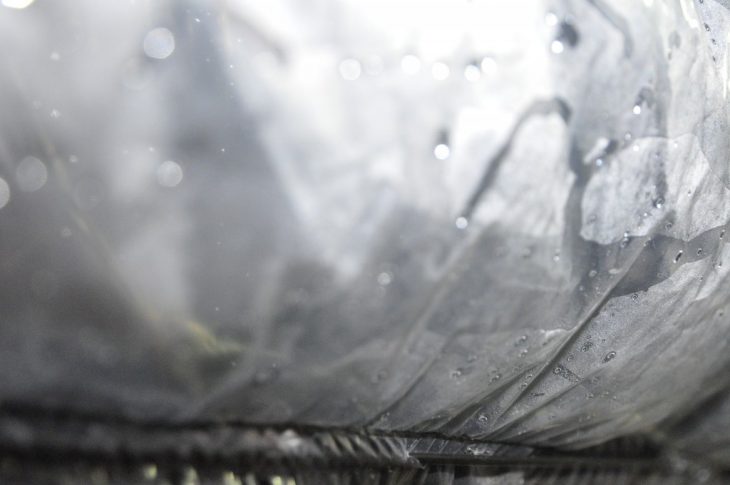
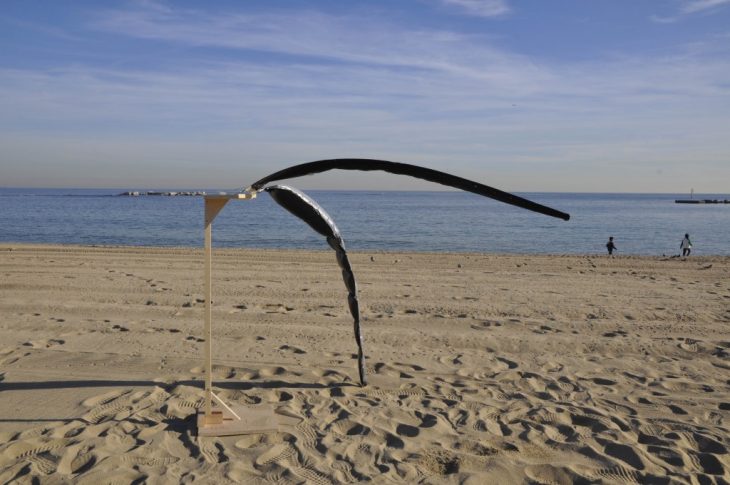
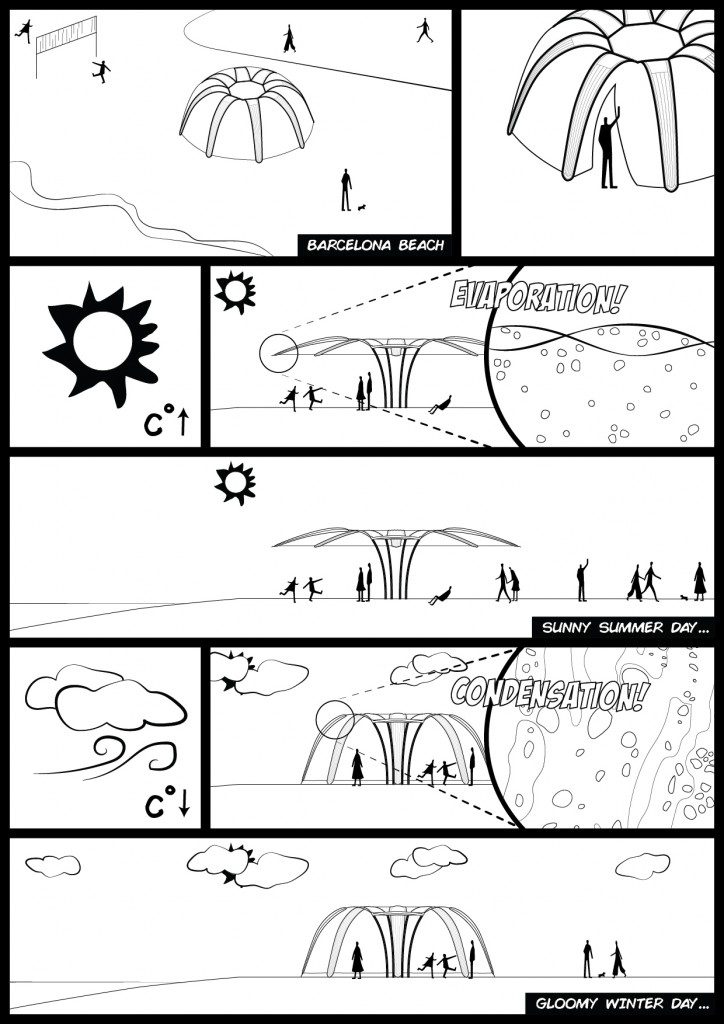
Team: Marcel Dawid, Javier Montalvo, Abraham Ninan, Francis Redman
Tutors: Javier Peña, Oriol Carrasco, Jonathan Minchin, Philip Serif